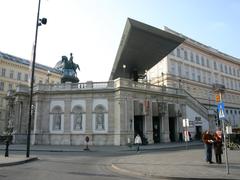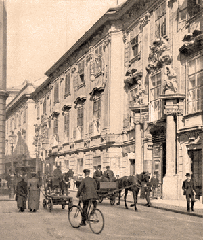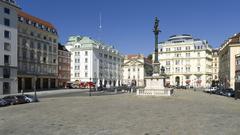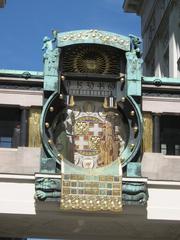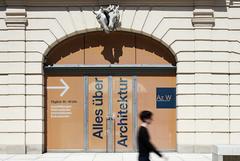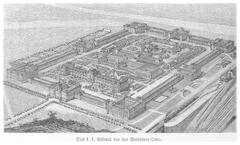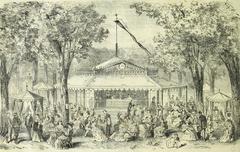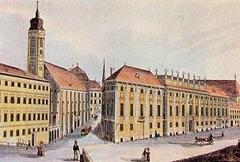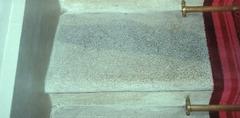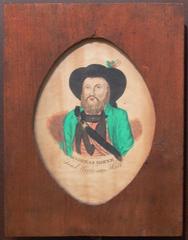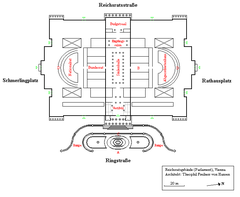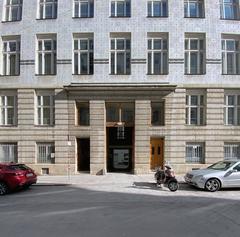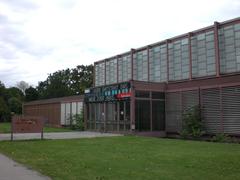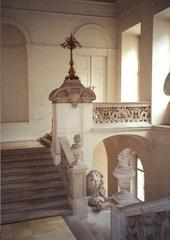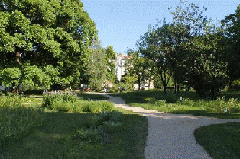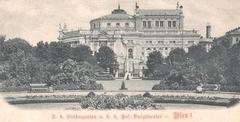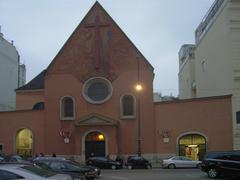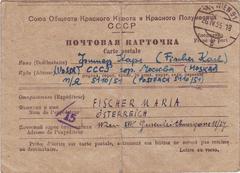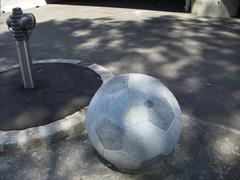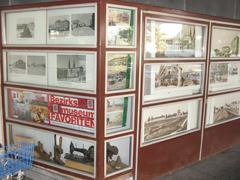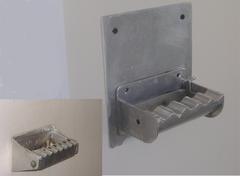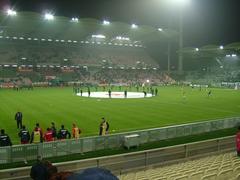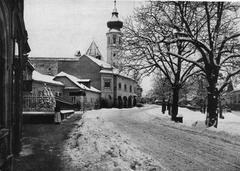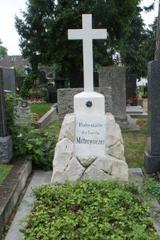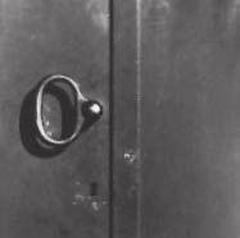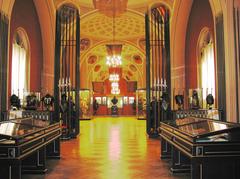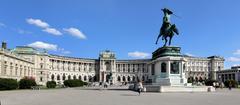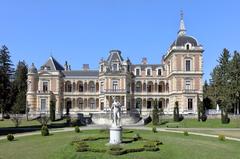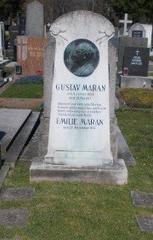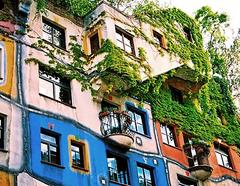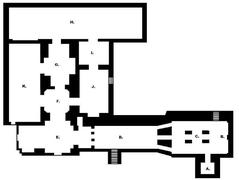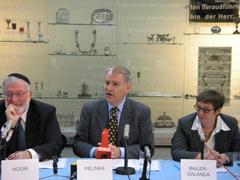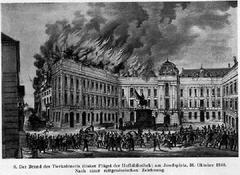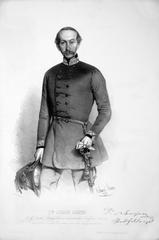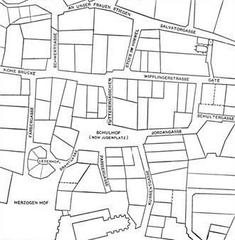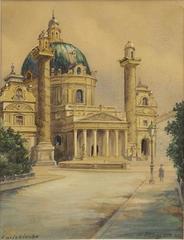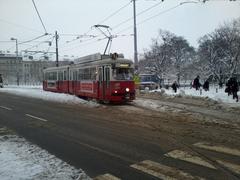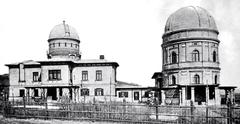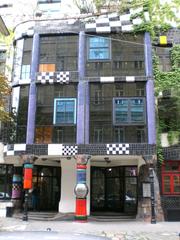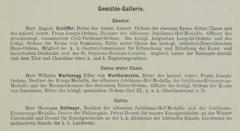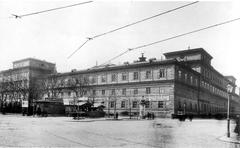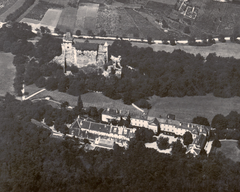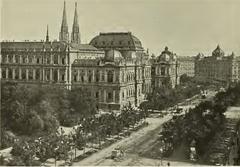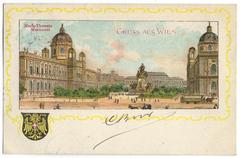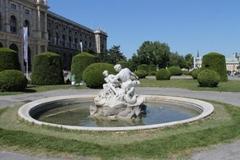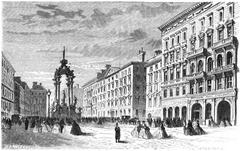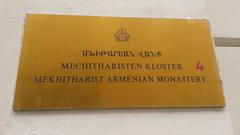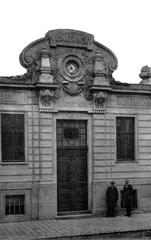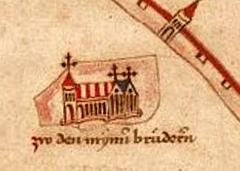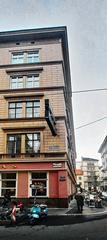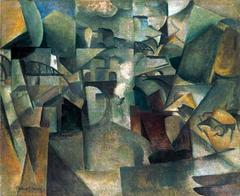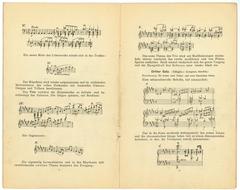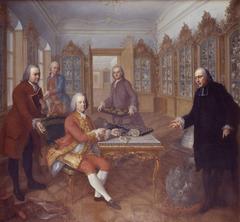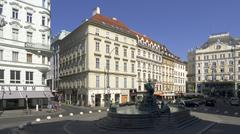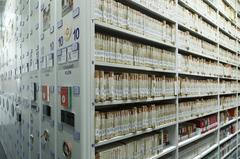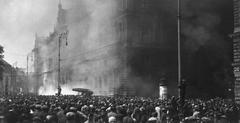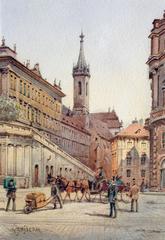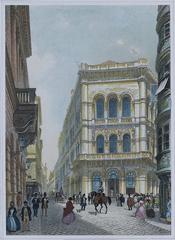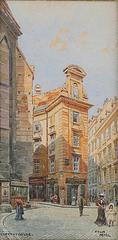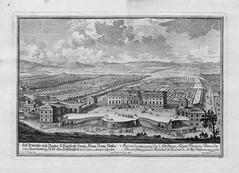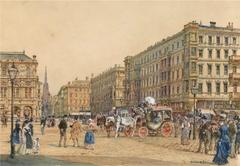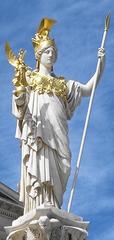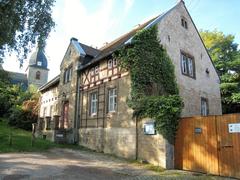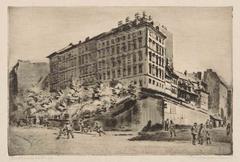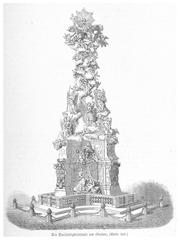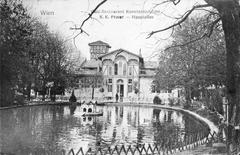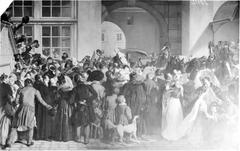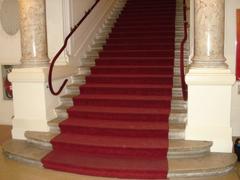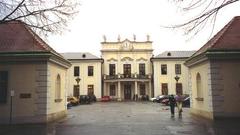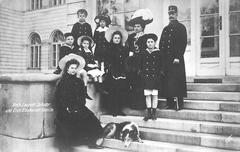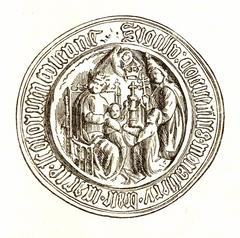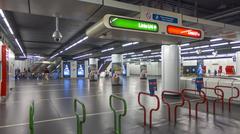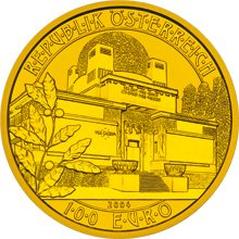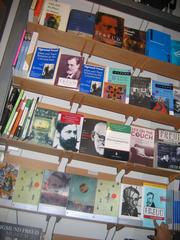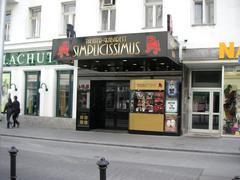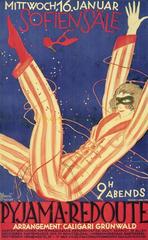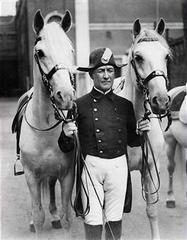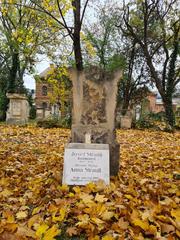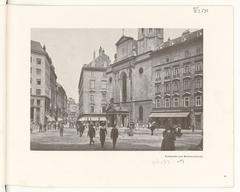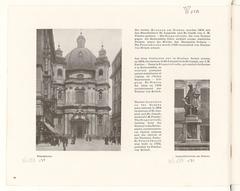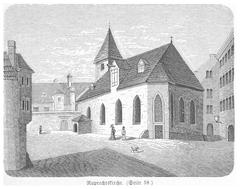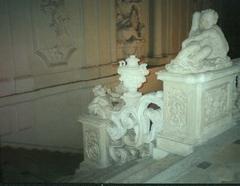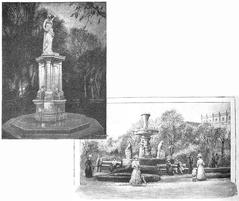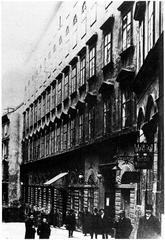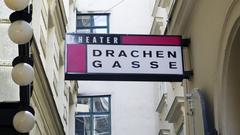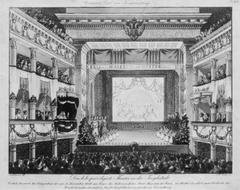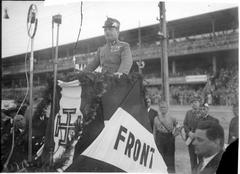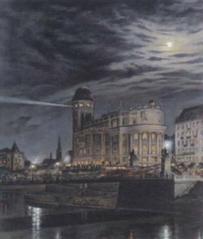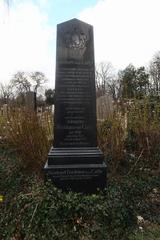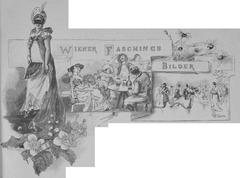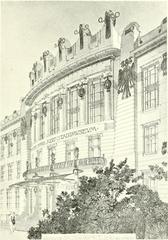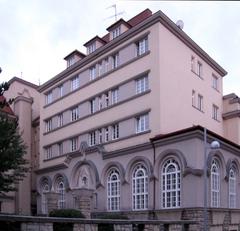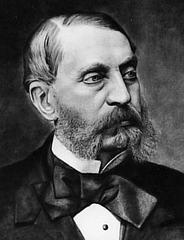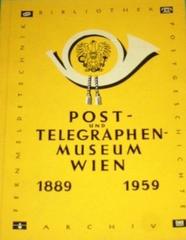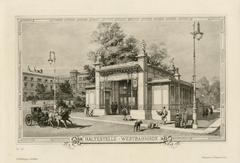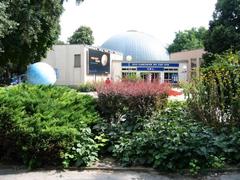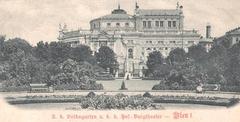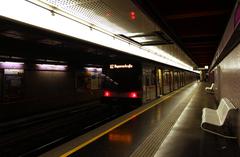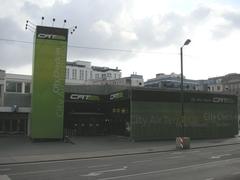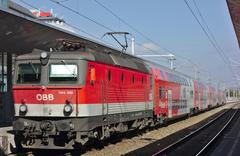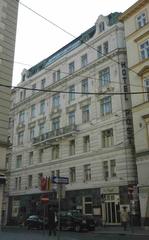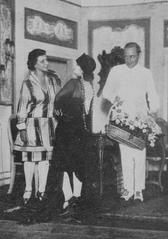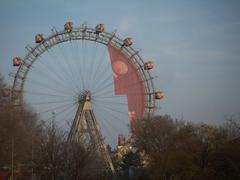
Comprehensive Guide to Visiting Beethoven-Haus, Vienna, Austria
Date: 25/07/2024
Introduction
The Beethoven-Haus in Vienna, also known as the Beethoven Pasqualatihaus, is a historical treasure that provides a deep dive into the life and legacy of Ludwig van Beethoven. Located in the heart of Vienna’s historic city center, this residence is where Beethoven composed some of his most significant works between 1804 and 1815 (Secret Vienna). The house is named after Johann Baptist Freiherr von Pasqualati, a close friend and supporter of Beethoven. Today, it stands as a meticulously preserved museum that invites visitors to explore the personal and professional life of one of the greatest composers in history. From original manuscripts and personal letters to Beethoven’s own piano, the museum offers an immersive experience that is both educational and inspiring. Whether you are a music enthusiast, a history buff, or simply curious, the Beethoven-Haus is a must-visit site that provides invaluable insights into the genius of Beethoven (Travelsewhere).
Table of Contents
- Introduction
- Early Years and Significance
- Architectural and Historical Context
- Beethoven’s Life at Pasqualatihaus
- Preservation and Museum Establishment
- Key Exhibits and Artifacts
- Visitor Information
- Nearby Attractions
- Restoration Efforts
- Cultural Impact and Legacy
- Visitor Experience
- Future Plans and Developments
- FAQ
- Conclusion
Early Years and Significance
The Beethoven-Haus, also known as the Beethoven Pasqualatihaus, is a significant historical site in Vienna, Austria. This residence is where Ludwig van Beethoven lived and composed some of his most renowned works. The house is named after its owner, Johann Baptist Freiherr von Pasqualati, who was a close friend and supporter of Beethoven. The composer resided here intermittently between 1804 and 1815, a period during which he created masterpieces such as the Fourth, Fifth, and Sixth Symphonies, as well as the opera “Fidelio” (Secret Vienna).
Architectural and Historical Context
The Beethoven-Haus is located in the Mölker Bastei area, a part of Vienna’s historic city center. The building itself is a classic example of Viennese architecture from the late 18th and early 19th centuries. It has been preserved meticulously to maintain its historical integrity, offering visitors a glimpse into the living conditions and environment that influenced Beethoven’s creative process (Travelsewhere).
Beethoven’s Life at Pasqualatihaus
During his time at the Pasqualatihaus, Beethoven was grappling with the onset of his deafness, a condition that profoundly affected his life and work. Despite this personal struggle, he managed to produce some of his most emotionally powerful and technically innovative compositions. The house served as a sanctuary where he could focus on his music, away from the social and political upheavals of the time (Secret Vienna).
Preservation and Museum Establishment
The Beethoven-Haus was converted into a museum in the early 20th century, dedicated to preserving the legacy of the composer. The museum features original manuscripts, letters, and personal items that belonged to Beethoven. These artifacts provide invaluable insights into his creative process and personal life. The museum also hosts temporary exhibitions and educational programs aimed at deepening the public’s understanding of Beethoven’s contributions to music (Visiting Vienna).
Key Exhibits and Artifacts
Among the most notable exhibits at the Beethoven-Haus are the original scores of some of his most famous works, including the “Eroica” Symphony and the “Moonlight Sonata.” The museum also houses Beethoven’s piano, which he used for composing and performing. Additionally, visitors can see a collection of his personal letters, which reveal his thoughts on music, his struggles with deafness, and his relationships with contemporaries (Secret Vienna).
Visitor Information
Visiting Hours and Tickets
The Beethoven-Haus is open year-round, but it is advisable to check the official website for current opening hours and any special events or exhibitions. To enhance your visit, it is recommended to book tickets in advance, especially during peak tourist seasons. The museum offers discounted tickets for students, seniors, and groups. For the most up-to-date information on visiting hours and ticket prices, visit the official Beethoven-Haus website.
Accessibility and Travel Tips
The Beethoven-Haus is easily accessible by public transportation, with several tram and bus lines stopping nearby. For those traveling by car, there are parking options available in the vicinity. The museum is equipped with modern amenities to ensure accessibility for all visitors, including those with disabilities. To make the most of your visit, consider joining a guided tour, available in multiple languages, which provides detailed information about Beethoven’s life and work.
Nearby Attractions
While visiting Beethoven-Haus, take the opportunity to explore other nearby historical sites in Vienna. The Hofburg Palace, St. Stephen’s Cathedral, and the Kunsthistorisches Museum are all within a short distance and offer a rich cultural experience.
Restoration Efforts
Over the years, the Beethoven-Haus has undergone several restoration projects to ensure its preservation. These efforts have been guided by historical accuracy, aiming to maintain the house as it was during Beethoven’s time. The most recent restoration, completed in 2020, included structural repairs and the installation of modern climate control systems to protect the delicate artifacts housed within the museum (Travelsewhere).
Cultural Impact and Legacy
The Beethoven-Haus is not just a museum; it is a cultural landmark that attracts thousands of visitors each year. It serves as a testament to Beethoven’s enduring legacy and his impact on the world of music. The house is a focal point for music historians, scholars, and enthusiasts who seek to understand the life and work of one of the greatest composers in history. The museum’s educational programs and special exhibitions continue to inspire new generations of musicians and music lovers (Secret Vienna).
Visitor Experience
Visitors to the Beethoven-Haus can take guided tours that provide detailed information about Beethoven’s life and work. The tours are available in multiple languages and are designed to cater to both casual visitors and serious music scholars. The museum also offers interactive exhibits, including audio guides that feature recordings of Beethoven’s music, allowing visitors to experience his compositions in the very place they were created (Visiting Vienna).
Future Plans and Developments
Looking ahead, the Beethoven-Haus plans to expand its educational programs and digital offerings. This includes virtual tours and online exhibitions, making the museum’s rich collection accessible to a global audience. These initiatives aim to further cement the Beethoven-Haus as a leading institution for the study and appreciation of Beethoven’s life and work (Secret Vienna).
FAQ
What are the opening hours for Beethoven-Haus? The Beethoven-Haus is open year-round. For the most current opening hours, please visit the official website.
How much are tickets for Beethoven-Haus? Ticket prices vary, with discounts available for students, seniors, and groups. Check the official website for the latest information.
Is Beethoven-Haus accessible for visitors with disabilities? Yes, the museum is equipped with modern amenities to ensure accessibility for all visitors, including those with disabilities.
Are guided tours available at Beethoven-Haus? Yes, guided tours are available in multiple languages and provide detailed information about Beethoven’s life and work.
Conclusion
Visiting the Beethoven-Haus in Vienna offers a unique opportunity to connect with the life and works of Ludwig van Beethoven in an intimate and historically rich setting. The museum’s carefully curated exhibits, including original scores and personal artifacts, provide a poignant glimpse into the challenges and triumphs faced by the composer. Additionally, the surrounding historical sites such as the Hofburg Palace and St. Stephen’s Cathedral further enrich the cultural experience (Secret Vienna). Despite the physical accessibility challenges posed by the historic structure, the museum’s dedication to preserving Beethoven’s legacy makes it a rewarding destination for all visitors. Future plans to expand digital offerings and educational programs promise to make the Beethoven-Haus more accessible to a global audience, ensuring that Beethoven’s influence continues to inspire future generations (Travelsewhere). Plan your visit today to experience the enduring legacy of one of the world’s greatest composers.
References
- Secret Vienna. (n.d.). Beethoven in Vienna: Tracing the Composer’s Legacy. https://secretvienna.org/beethoven-in-vienna-tracing-the-composers-legacy/
- Travelsewhere. (n.d.). Visiting Vienna. https://www.travelsewhere.net/visiting-vienna/
- Visiting Vienna. (n.d.). Entertainment in Vienna. https://www.visitingvienna.com/entertainment/july/
- Vienna Unwrapped. (n.d.). Things to Do in Vienna in July. https://www.vienna-unwrapped.com/things-to-do-in-vienna-july/
- The Geographical Cure. (n.d.). Beethoven Sites in Vienna. https://www.thegeographicalcure.com/post/beethoven-sites-in-vienna
- Atlas Obscura. (n.d.). Beethoven Museum. https://www.atlasobscura.com/places/wien-museum-beethoven-museum
- Vienna Trips. (n.d.). Beethoven Museum. https://www.vienna-trips.at/en/beethoven-museum/
- Austria Info. (n.d.). Vienna: World Capital of Music. https://www.austria.info/en/culture/magical-places/vienna-world-capital-of-music/a-day-in-the-life-of-beethoven
- Coupoly. (n.d.). Exploring Beethoven’s Vienna: A Cultural Journey. https://blog.coupoly.com/exploring-beethovens-vienna-a-cultural-journey



